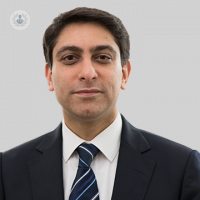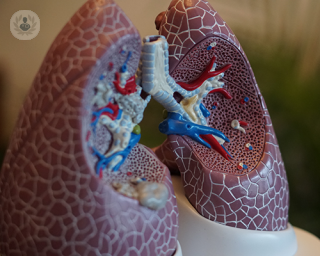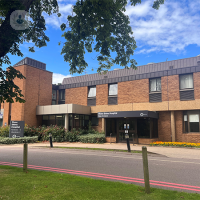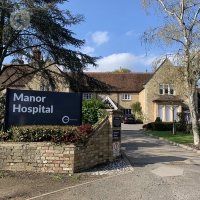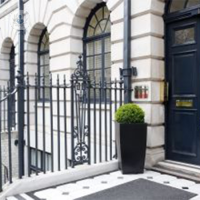Endobronchial ultrasound
Dr Neal Navani - Pulmonology & respiratory medicine
Created on: 03-01-2017
Updated on: 08-17-2023
Edited by: Sophie Kennedy
What is an endobronchial ultrasound?
Endobronchial ultrasound is used to visualise the inside of the lungs and is often required when diagnosing lung cancer and other lung diseases. It is performed by pulmonologists and specialists in respiratory medicine. The procedure takes samples from the lungs or the lymph nodes in the chest. It can detect non-cancerous conditions such as sarcoidosis or tuberculosis.

What happens during an endobronchial ultrasound?
Before the procedure, you will be given a local anaesthetic and after it has taken effect a bronchoscope, which is a long flexible tube with a camera on the end, will be passed gently into your mouth and back into your throat.
After the throat has been examined, more anaesthetic will be given and the bronchoscope will be passed down the windpipe, into the bronchial tubes. You will be able to breathe but you will not be able to talk. The doctor will be able to see the images from the bronchoscope on a TV screen.
A collection of cells from the lymph nodes are then taken, which are then analysed in a laboratory to check for signs of cancer.
When will I receive the test results?
The results from an endobronchial ultrasound should be received within 2-3 weeks. You will be asked to see your consultant and discuss the results in the hospital.
Are there any risks to having an endobronchial ultrasound?
Endobronchial ultrasound is a safe procedure but sometimes there are side effects and in rare cases, complications. Side effects may include coughing during the procedure and having a sore throat for a few days afterwards.
Very rare complications (about 1 in 5 patients per 1000 bronchoscopies) may include bleeding or collapse of the lung following a biopsy. Other complications may include infection or an allergic reaction to the local anaesthetic.
